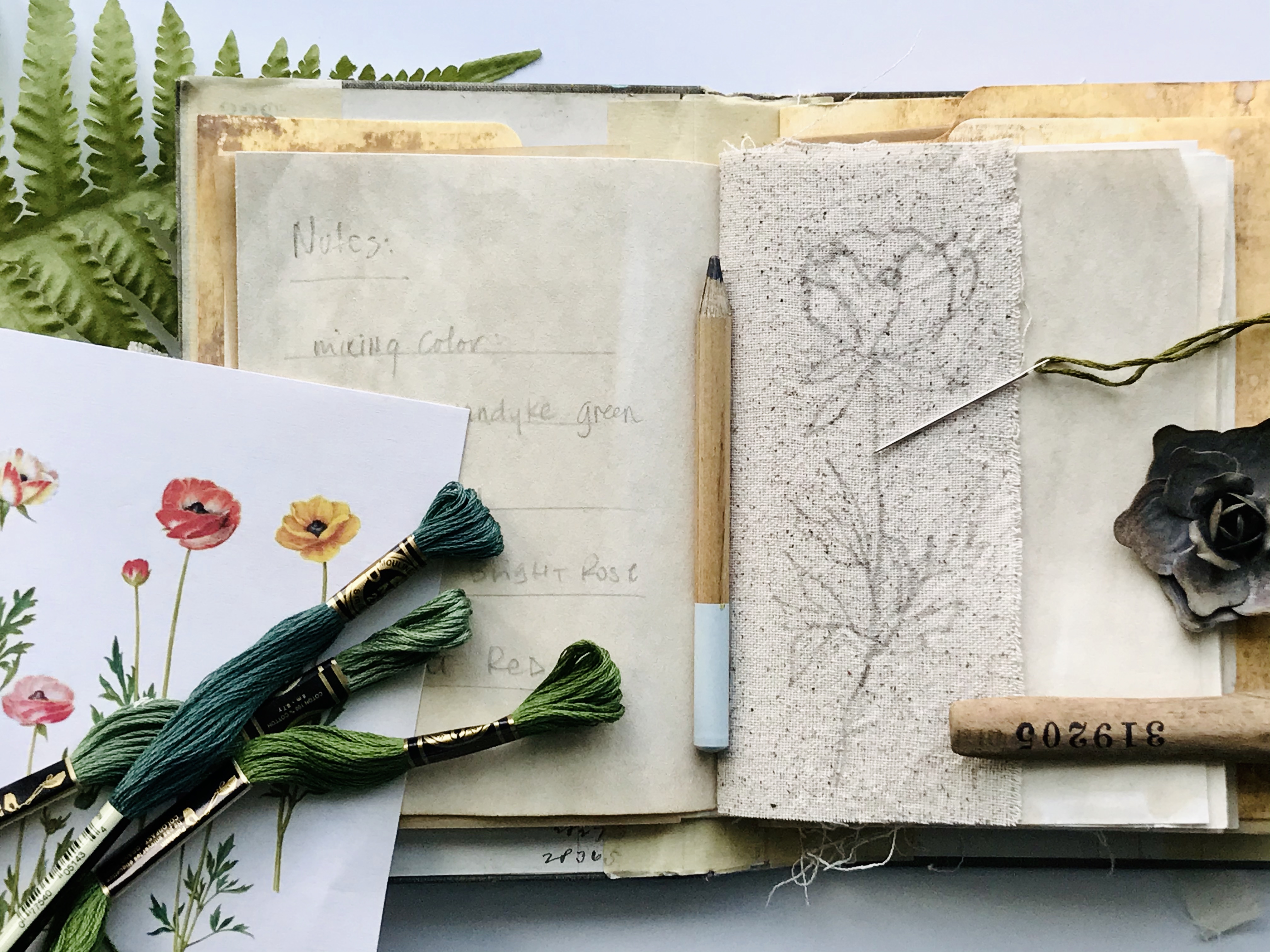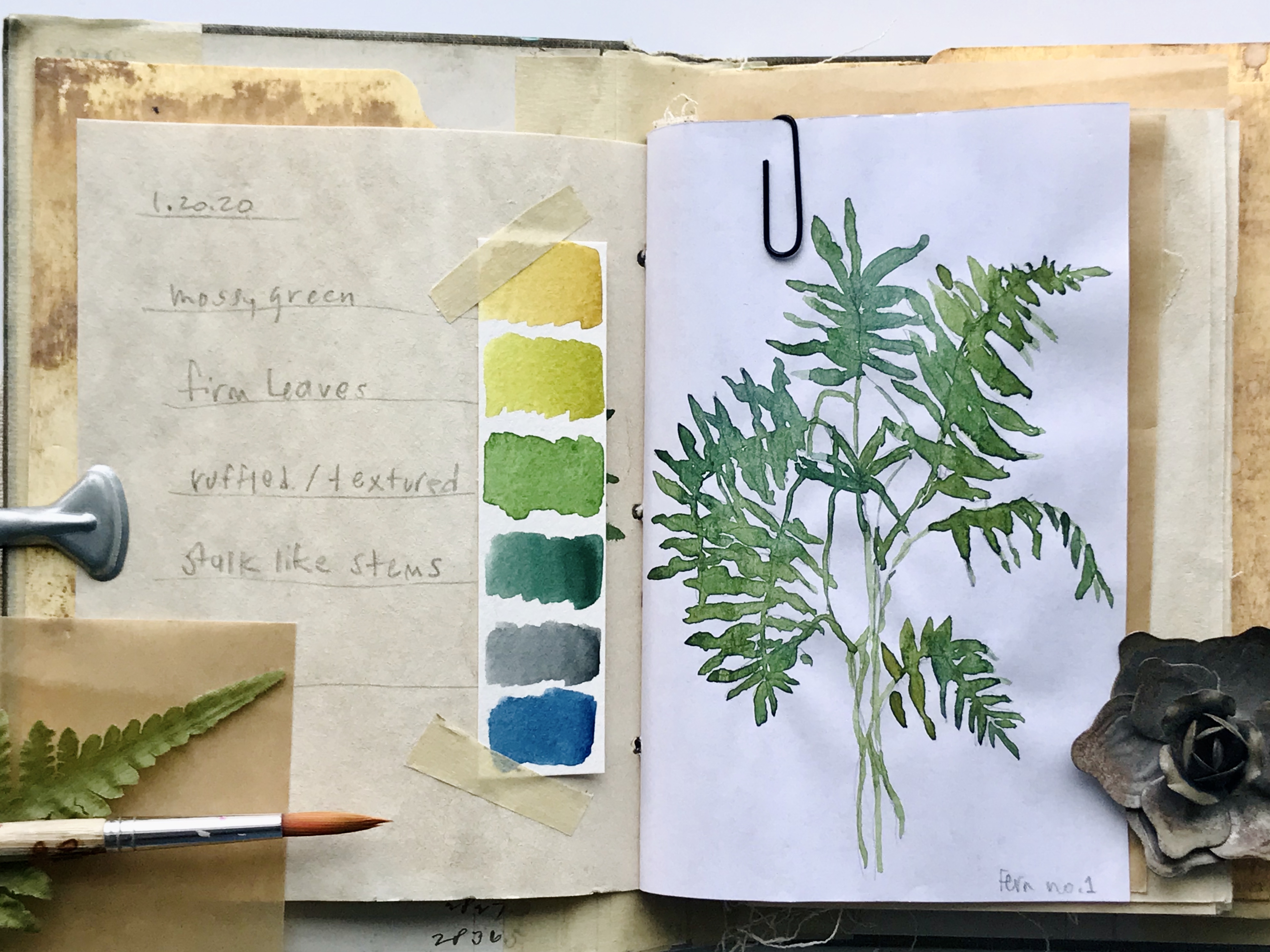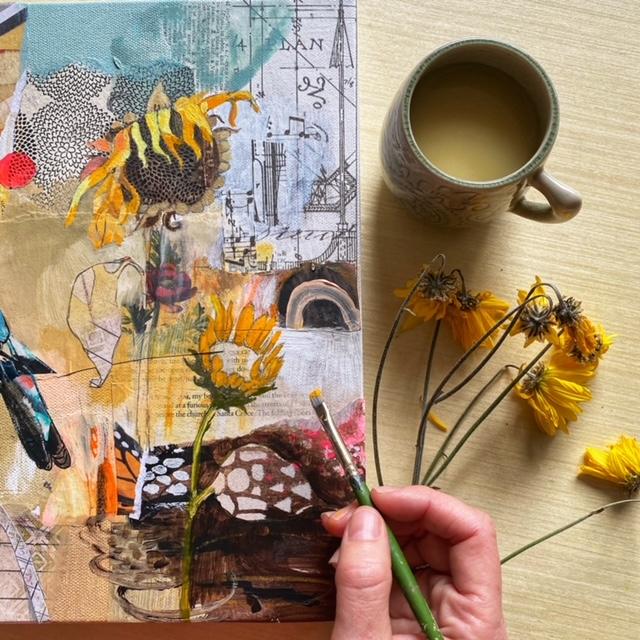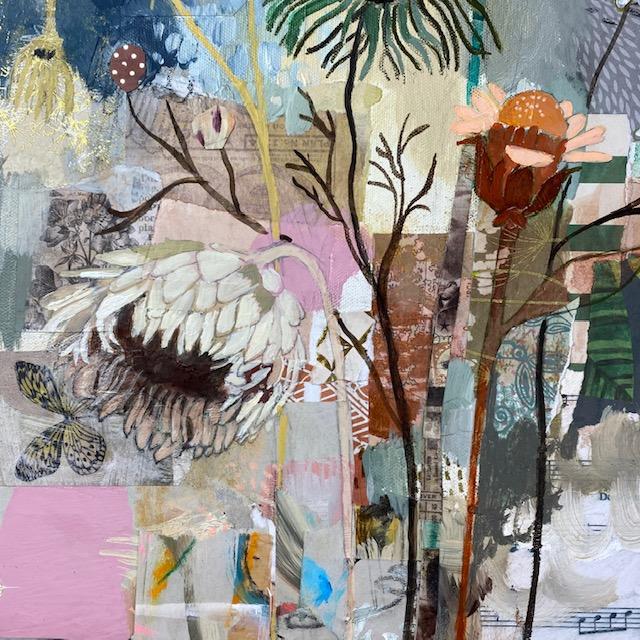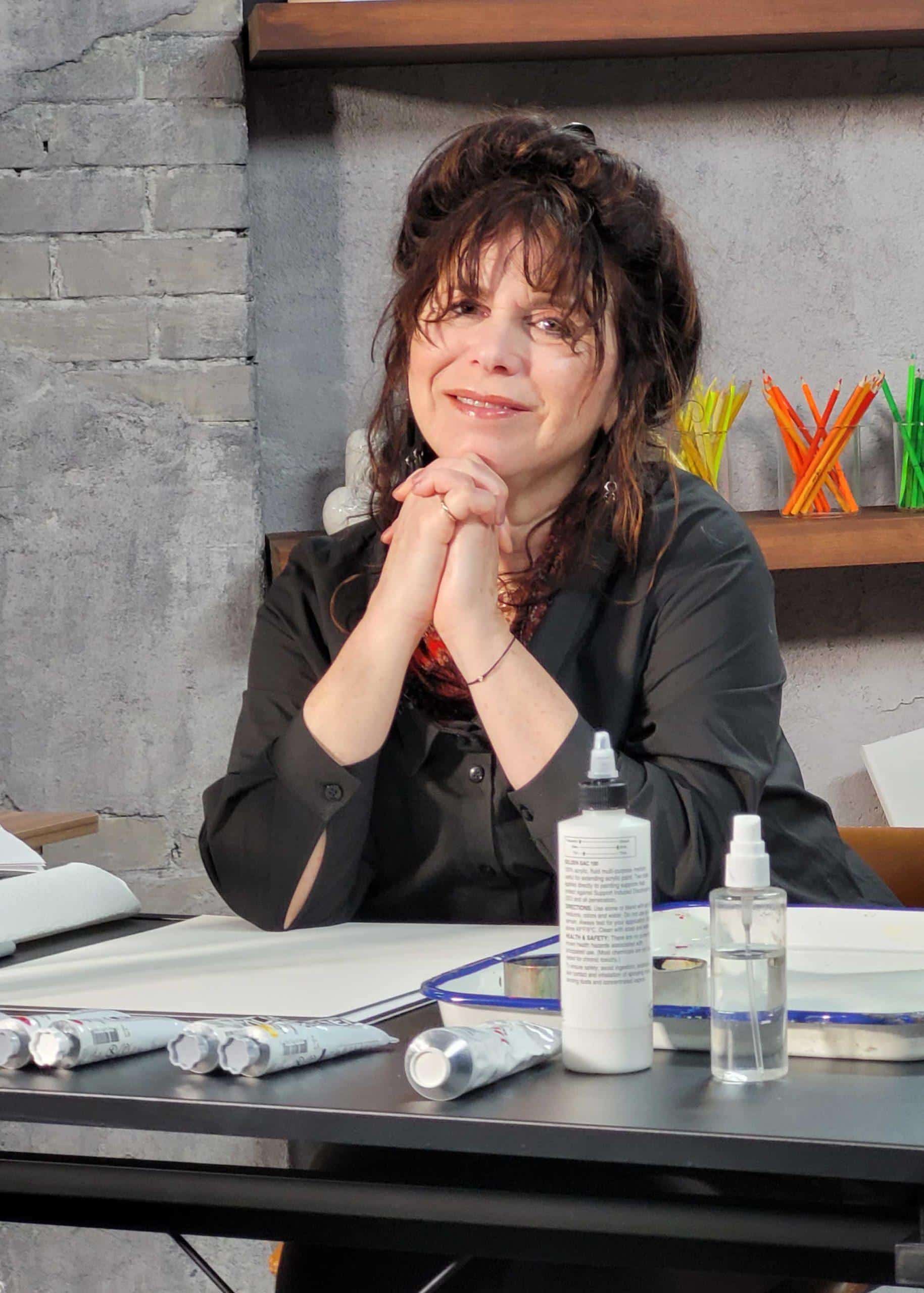Just like companies and famous personalities, artists build brands to establish themselves in their field. Collectors, art enthusiasts, and audiences will remember you for the brand image that you project.
A good art brand invokes authenticity, creativity, and consistency. For example, Banksy and Andy Dixon are two great examples of solid art brands.
The web plays an increasingly important role in shaping art brands and influencing how artists are perceived by their target audience. In some cases, the way you use digital channels to build and project your brand can make your fortune or misfortune as an artist.
Some art branding mistakes examples include communication inconsistency and low recognizability.
This article focuses on branding mistakes to avoid as an artist and how to fix them.
Sandi & Rae’s posts are instantly recognisable
Being Recognizable is Key
The web is saturated with art websites, social media profiles, and other channels. To make your creations and messages stand out, recognizability is essential.
Use profile photos, cover images, and logos that clearly signal who you are. You want to avoid generic and vague pictures that may be very similar to those used by other artists.
For example, between a unique photo of yourself and a generic picture of a place, you should definitely opt for the first one.
It’s also essential to use the same identification marks throughout your channels, whether it’s a blog, Instagram profile, or YouTube account.
Cathy Nichols‘ energy is captivating
Communicate with a Consistent Voice and Tone
How would you perceive a bank or a clothing brand that sends inconsistent messages throughout its promotional channels?
It probably wouldn’t feel right, and it would lower your trust in the brand.
The same goes for art brands and their online communications. It’s important to decide the attitude you will adopt on your social media profiles and blogs. After that, it’s even more essential to stick with it.
If online users start following because they share your view of art and the world, avoid letting them down at all costs.
Renee Walden is natural & genuine. She attracts like-minded people (what a fun group this was!)
Authenticity, Genuineness, and Engagement
One thing successful art brands share is their unique character compared to other brands in the field. They are not monkeying other artists or trying too hard to please their target audience (which may make them come across as insecure).
Instead, they spread authentic creations, content, and perspective that naturally attract and engage online visitors.
As an artist, it’s crucial to find out which aspect of your work better resonates with your audience. Once you become aware of them, use them as the centerpiece of your brand’s interaction with the outside world.
Write Down Your Value Proposition and Stick to It
Marketers use the expression value proposition to identify the benefits that a business promises to provide to its customers.
Benefits are not just product performance elements. As an online art brand, you can write down a value proposition and include the positive feelings and inspiration you want your artistic creations and overall communications to evoke in your audience.
You don’t need to share your value proposition with the rest of the world, but you can use it to guide your overall brand-building strategy and actions.
If you’re looking for a bit of social media inspiration, check out this blog we wrote last year
Nina knows what she’s good at & sticks to it!


